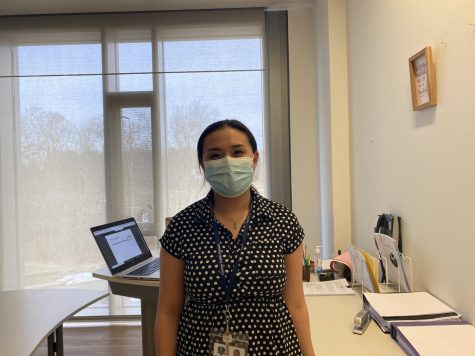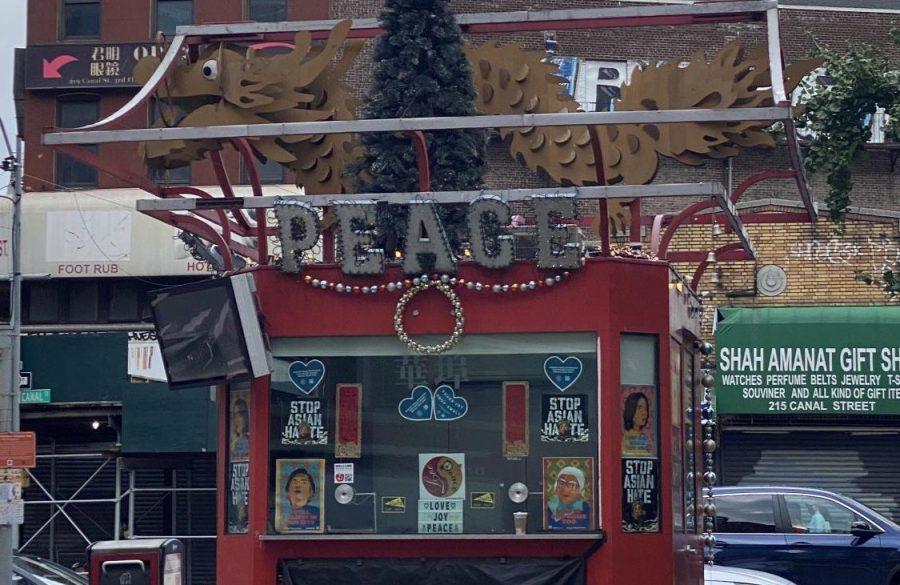Struggles Faced by Asians in America
Hate Crimes Towards Asian Americans
At the beginning of the COVID-19 pandemic, there was a huge rise in hate crimes towards Asian Americans. They were reported all over the news, but since the beginning of 2021, there are fewer stories in the media about this issue.
The NYPD reports an increase of 361 percent in anti-Asian hate crimes since 2020. There are still major cities that have high hate crime rates. The LA county reports a 76% increase in Asian hate crimes in 2020. More than three-quarters of those reports involved physical violence. These statistics were only from the reported crimes, but there are still hundreds of cases that were never reported.
Many victims are reluctant to report the crime due to language barriers or the worry of having their immigration status revoked. Most of the target victims are elders and children, especially females, as they are “weak” and “easy” targets.
The cases reported were clearly racially motivated, but there were not many arrests made. There has been a debate over what legally qualifies as an anti-Asian bias. This is because the law is not able to account for the many ways Asian Americans experience racism. Proving that a crime is racially motivated is difficult, especially towards Asians, as there is no universal symbol to represent anti-Asian hate.
There have been thousands of anti-Asian violence rallies held all over the country over the course of 2021. These protests were in response to the racism against Asians. Hundreds of people marched shouting and holding signs that said: “Stop Asian Hate,” “This is Our Home Too,” and “My Race is NOT a Virus” as well as other phrases. These were mostly held in the major cities such as Los Angeles, New York City, Washington D.C., Boston, and Houston, along with many more.
Morgan Asian American students and staff share their stories of discrimination below:

English teacher Maile Chaplar explains how she has experienced many instances of discrimination as a Vietnamese American. The one that stands out the most took place before the pandemic at her old school, Old Saybrook High School: “While I was teaching at my old school, a student stood in my doorway and yelled ‘You dumb [f word] chink!’ into the whole room, and I had a bunch of other Asian students that could’ve heard him. Thankfully, they didn’t, but it bothered me mostly for the students, and it was just the most outright racism I’ve experienced just straight up to my face. I’ve had people make jokes and stuff, and that’s more okay than just shouting into my classroom racial slurs when there are other kids and students that are also Asian in that class. It pissed me off more for the kids and less for myself.” This occurred before the pandemic.
 Technology Support Technician Arron Outama, a Laotian American, shared an experience he had while in high school: “Back when I went to [high school] in 2011, I got suspended twice, and one was racially motivated. There were other students that could’ve been suspended as well, but since I was the easy target, they wanted to suspend me. I actually ended up suing the school for racial discrimination, and then we shut the case because my brother was about to go through high school at that time. As far as remarks before COVID, yes, I would get called chino, chink, and stuff like that. For the most part, the Shoreline is pretty nice, but it changes a lot when you go down to the South and other parts of the country.”
Technology Support Technician Arron Outama, a Laotian American, shared an experience he had while in high school: “Back when I went to [high school] in 2011, I got suspended twice, and one was racially motivated. There were other students that could’ve been suspended as well, but since I was the easy target, they wanted to suspend me. I actually ended up suing the school for racial discrimination, and then we shut the case because my brother was about to go through high school at that time. As far as remarks before COVID, yes, I would get called chino, chink, and stuff like that. For the most part, the Shoreline is pretty nice, but it changes a lot when you go down to the South and other parts of the country.”
Freshman Katie Nguyen shares her experience before and after the pandemic: “Pre-COVID, in 7th grade on the bus, I would always get bullied for being Asian because there were a bunch of annoying kids on my bus, and they would always make fun of my eyes and make weird comments about me. Last year during the pandemic, they would always make jokes about me starting COVID even though I’m not even Chinese. I’m Vietnamese, so I just think it’s kind of offensive.”
Junior James Nguyen shares with us that he hasn’t been called a whole slur, but when growing up, people would judge the food he ate as well as the smell of it. People would make comments like, “Ew, what is that? It looks so gross.” Sometimes, when he spoke Vietnamese when he was little, people mocked him. They would make fun of his last name because they weren’t able to pronounce it, and this was all before the pandemic. James said, “the people who mocked me growing up were these literal pasty sewer creatures who didn’t know anything other than the burnt lump of meatloaf their moms made for them. People are ignorant and don’t know anything other than what is inside their little bubbles they make around themselves. They don’t care to learn any respect for people different from them in America. Being white is the norm.” However, James now thinks “people are more aware of cultural differences.” James shared that these offensive words and actions do not happen to him anymore. He said, “Clinton is a pretty liberal town, and I don’t see too much of this kind of issue around here.”
In the podcast below, I spoke with Woodson who lives in California and is a Cambodian American. We talk about the anti-Asian bias that the country has experienced and what we’ve experienced.
Woodson brings awareness to topics from the beauty standards to the discrimination towards Asians during the COVID-19 pandemic. There are so many stereotypes surrounding Asians here in America, and we wanted to prove to people that these are stereotypes. All the pressure that was brought upon us by these stereotypes, to be at the top of the class and to become a doctor or lawyer, took a toll on our mental health. Mental health is such an underrated topic in the Asian community because it’s so taboo. The Asian communities do not care about our health. The focus is only about our education.
Some similarities between Cambodian and Vietnamese cultures are the beauty standards. Both countries look for people to be tall, slim, with a well-structured face, and usually on the pale side. The average education levels for both countries are slightly different. Vietnam has a high primary school completion rate, while some Cambodian students are failing to get a basic education.
Woodson and I also discuss the diversity differences of the states we live in. California, the most diverse state, has a diverse percentage of 70.75%. Connecticut, ranked 15th in the country, has a diverse percentage of 67.08%. 15% of the people in California are of Asian descent, while 5% of the people in Connecticut are.
There is more information on the hate crimes against Asians on The Morgan PawPrint. The article is COVID-19 Causing Discrimination Against Asians.



joyrodney • Jan 25, 2022 at 4:32 pm
dam girl this is some serious stuff!! people need to stop doing this stupid stuff